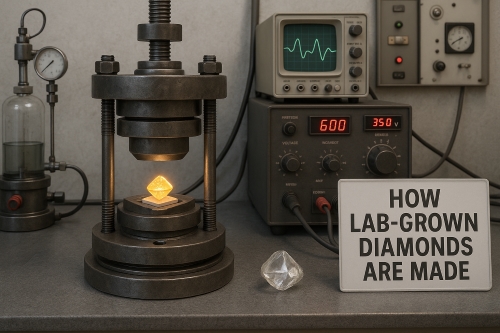Heating Elements: Molybdenum Disilicide Vs Silicon Carbide
What are Heating Elements?
Heating element materials are specialised substances that convert electrical energy into thermal energy through the process of Joule heating. These materials are selected on the basis of their ability to withstand high temperatures, resist corrosion and oxidation, and maintain a stable electrical resistance over a wide range of operating conditions.
This article compares two well‐known ceramic materials used for heating elements. First, we describe the properties and applications of Molybdenum Disilicide (MoSi2) and Silicon Carbide (SiC). For further information, please see the following article: What are the Ceramics Used as Heating Elements?
Molybdenum Disilicide vs. Silicon Carbide
MoSi2 (Molybdenum Disilicide) and SiC (Silicon Carbide) are key materials in the construction of high-temperature heating elements. They have been demonstrated to maintain their structural integrity and electrical properties at temperatures up to 1 800 °C (MoSi2) and 1 600 °C (SiC). Consequently, MoSi2 and SiC are used in a variety of industrial and laboratory applications.
1. MoSi2 Heating Elements
MoSi2 is used in applications where the formation of a protective silicon dioxide (SiO2) layer in oxidising atmospheres is required. When exposed to an oxidising environment, MoSi2 forms a SiO2 layer on its surface, which helps to delay further oxidation and thus extend its operational life.
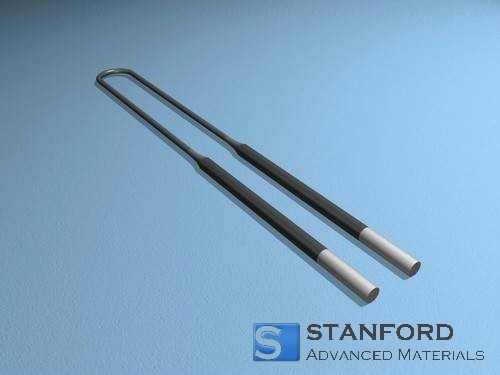
This property is important for applications in high-temperature furnaces used in material research, ceramic sintering, and in the production of glass or semiconductor materials.
1 Heatable Elements from Silicon Carbide
SiC is known for its high thermal conductivity and mechanical strength even at elevated temperatures. Its ability to withstand thermal shock and chemical corrosion makes SiC suitable for heating elements in environments subject to rapid temperature fluctuations or corrosive gases.
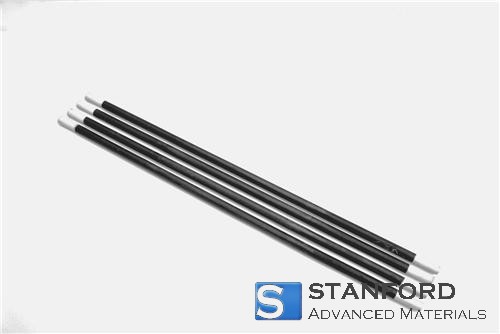
SiC heating elements are used in metal treatment processes, the production of electronic components, and in the firing of ceramics and glass.
The following table provides a summarised comparison of these two heating element materials for high-temperature applications. It presents factual differences and their properties.
Table 1. Molybdenum Disilicide vs. Silicon Carbide
|
|
MoSi2 Heating Elements |
SiC Heating Elements |
|
Key Properties |
High-temperature oxidation resistance |
High thermal conductivity and mechanical strength |
|
Protective Mechanism |
Forms a protective SiO2 layer under oxidising conditions, thereby extending operational life |
Resistant to thermal shock and chemical corrosion |
|
Suitable Environments |
Environments with high temperatures |
Environments with rapid temperature fluctuations or corrosive gases |
|
Typical Applications |
High-temperature furnaces for material research, ceramic sintering, glass and semiconductor production |
Metal treatment, production of electronic components, and ceramic and glass firing |
1. Different Forms of MoSi2 and SiC Heating Elements
Both materials are available in various forms that allow for integration into different heating systems. MoSi2 heating elements are typically available as rods, U-shaped, and W-shaped elements, as well as in custom designs for specific furnace configurations and applications. SiC heating elements are available as straight rods, spiral elements, U-shaped elements, and in more complex shapes designed to meet particular application requirements.
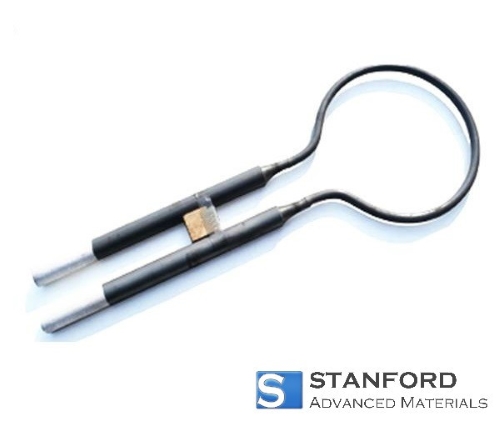
MoSi2 and SiC: Which is Better?
In high-temperature heating applications, the selection between MoSi2 and SiC heating elements depends on several key factors. Both materials are suited to different scenarios. The following points should be considered:
- Temperature Range: MoSi2 is used for applications up to 1 800 °C, whereas SiC is suitable for applications up to 1 600 °C and exhibits a faster thermal response.
- Atmospheric Conditions: SiC is applicable in a variety of atmospheres, while MoSi2 is particularly effective under oxidising conditions.
- Application Specifics: The choice depends on the desired temperature profile, the operating atmosphere, and any spatial constraints within the heating system.
Table 2. Heating Elements from Molybdenum Disilicide and Silicon Carbide
|
|
||
|
Temperature Range |
Preferred for applications up to 1 800 °C. |
Suitable for applications up to 1 600 °C, with a faster thermal response. |
|
Atmospheric Conditions |
Effective under oxidising conditions owing to the formation of a protective oxide layer. |
Applicable in various atmospheres and appropriate for a wider range of environments. |
|
Application Specifics |
MoSi2 is suitable for maintaining stable performance at high temperatures under specific conditions. |
SiC is selected for its flexibility and its capacity to handle rapid temperature changes across different scenarios. |
The selection between MoSi2 and SiC heating elements should be based on the specific requirements of the application, including the operating temperature, atmospheric conditions, temperature fluctuation demands, and the physical configuration of the heating system. MoSi2 is generally preferred for stable performance in oxidising conditions, whereas SiC provides greater flexibility for managing rapid temperature changes in various environments.
Are There Other Heating Element Materials?
In addition to MoSi2 and SiC, several ceramic materials are used for heating elements:
- Alumina (Al2O3): Alumina is known for its thermal conductivity and impact resistance, and is suitable for uniform heat distribution in electric furnaces and kilns.
- Zirconia (ZrO2): With its high melting point and capability to withstand extreme temperatures, zirconia is used in metallurgical and chemical processing.
- Boron Nitride (BN): This material is recognised for its capacity to handle rapid temperature changes and provide electrical insulation at high temperatures. It is used in semiconductor manufacturing and in the production of sapphire crystals where purity and chemical inertness are critical.
- Titanium Diboride (TiB2): Combining high electrical conductivity with chemical resistance, this material is employed in electrochemical processes and for handling molten metals.
Stanford Advanced Materials (SAM) is a reliable supplier in this field. They offer a range of configurations including rods, U-shaped, W-shaped and H-shaped designs. Their catalogue includes materials such as Al2O3, ZrO2, BN, and TiB2, along with custom solutions tailored to a range of industrial and technological requirements.
Conclusion
Molybdenum Disilicide (MoSi2) and Silicon Carbide (SiC) are integral to high-temperature heating applications. MoSi2 provides oxidation resistance at temperatures up to 1 800 °C by forming a protective SiO2 layer under oxidising conditions, while SiC is known for its high thermal conductivity, mechanical strength, and ability to withstand thermal shock up to 1 600 °C. The selection of either material should be based on the specific requirements of the application. It is anticipated that this information will assist in identifying the appropriate heating element material for your research or industrial needs.

 Bars
Bars
 Beads & Spheres
Beads & Spheres
 Bolts & Nuts
Bolts & Nuts
 Crucibles
Crucibles
 Discs
Discs
 Fibers & Fabrics
Fibers & Fabrics
 Films
Films
 Flake
Flake
 Foams
Foams
 Foil
Foil
 Granules
Granules
 Honeycombs
Honeycombs
 Ink
Ink
 Laminate
Laminate
 Lumps
Lumps
 Meshes
Meshes
 Metallised Film
Metallised Film
 Plate
Plate
 Powders
Powders
 Rod
Rod
 Sheets
Sheets
 Single Crystals
Single Crystals
 Sputtering Target
Sputtering Target
 Tubes
Tubes
 Washer
Washer
 Wires
Wires
 Converters & Calculators
Converters & Calculators
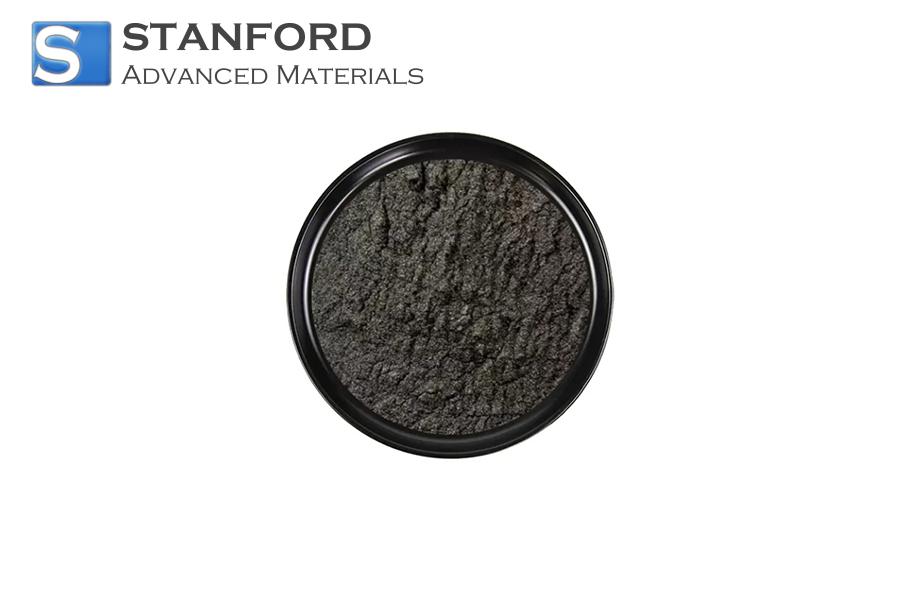
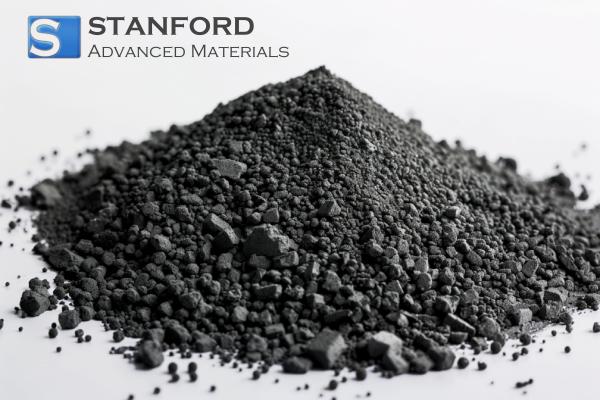
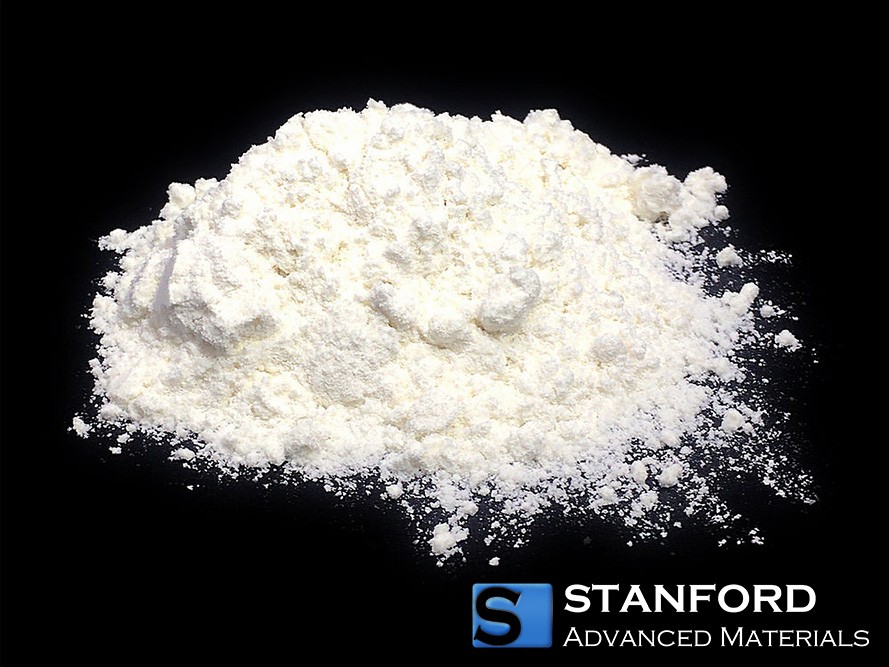
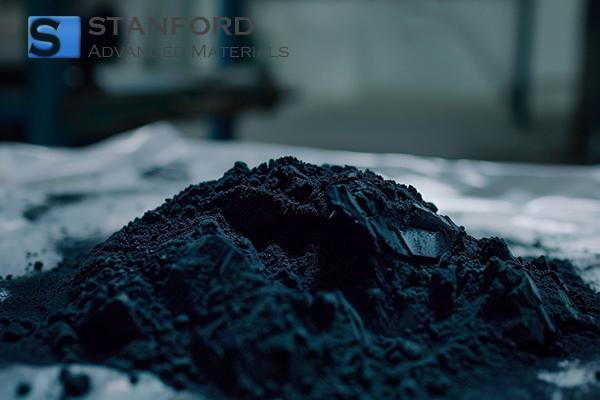
 Chin Trento
Chin Trento


